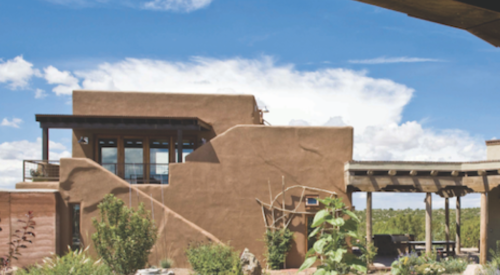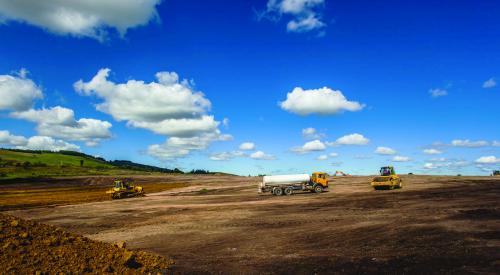| Patrick O'Toole
|
For builders and developers, the rise of Smart Growth holds the promise of joining a constructive dialogue on finding sensible planning alternatives to traditional development. At the same time it offers the opportunity for them to demonstrate to a legion of no-growth critics that developers will continue taking steps to serve as trusted stewards of the land. That is perhaps why hundreds attended the leading conference on the subject hosted last month by the Urban Land Institute in Atlanta.
With subjects ranging from the use of native plant species to reduce runoff and fostering public/private collaboration to the social and racial effects of traditional development patterns, the conference was comprehensive to say the least. By the time the three-day event wrapped up, those in attendance may have been left with a sense of just how big the Smart Growth tent is getting, giving rise to a question that went largely unanswered. How can builders around the country embrace an idea that might be too big to put their arms around?
During a session on striking a balance between economic vitality and environmental quality, one of the speakers, land planner Jim Heid, of San Francisco based EDAW Inc., obliquely addressed the big tent issue with a question of his own. "Is anyone in favor of dumb growth?"
Heid went on to offer a definition of Smart Growth that was perhaps the clearest of any stated during the conference. He pointed out that Smart Growth lies at the intersection of several major forward-looking planning trends.
Using a Cartesian four-quadrant grid with single-use versus mixed-use on one axis and sustainable development versus compliant development on the other, Heid argued that Smart Growth lies in the center of the mixed-use and sustainable quadrant. There it touches on parts of green development, conservation subdivisions, new urbanism, brownfields redevelopment and infill. And that was the clearest definition provided. With the exception of brownfields, each of these subjects leaves room for considerable interpretation.
| Land Planner Jim Heid of EDAW Inc. offered perhaps the clearest definition of Smart Growth of any presented at ULI's 4th annual conference on the subject held last month in Atlanta.
|
When asked about the possibility that the Smart Growth tent might be getting too big, ULI chairman, conference speaker and host of the event, J. Ronald Terwilliger indicated that, in his judgement, all planning issues "should be viewed from a local perspective." Development priorities in cities of Detroit and Chicago, he pointed out, are wholly different than those for the states of Maryland and Georgia, the suggestion being that the biggest possible tent makes sense for a national conference on the issue.
Builders looking for ideas to bring back to their local communities certainly had plenty from which to choose. Maryland's secretary of state, then its governor, Paris Glendening both addressed the conference touting the progress the state has made in protecting its number one natural resource, the Chesapeake Bay, through a number of coordinated land use initiatives. Georgia governor Roy Barnes also presented plans to address the quality of life issues in sprawling Atlanta through measures designed to encourage infill and improve public transportation. But the range of ideas, if all considered part of Smart Growth, still make it hard for the average home builder to pick up and use the label effectively.












